The destructive legacy of Trump’s border wall
For many, the ‘big, beautiful wall’ became a symbol of the Trump presidency – a hardline statement, yet fundamentally flawed. But its damage goes beyond immigration policy, Louise Boyle discovers on a visit to Tijuana, Mexico

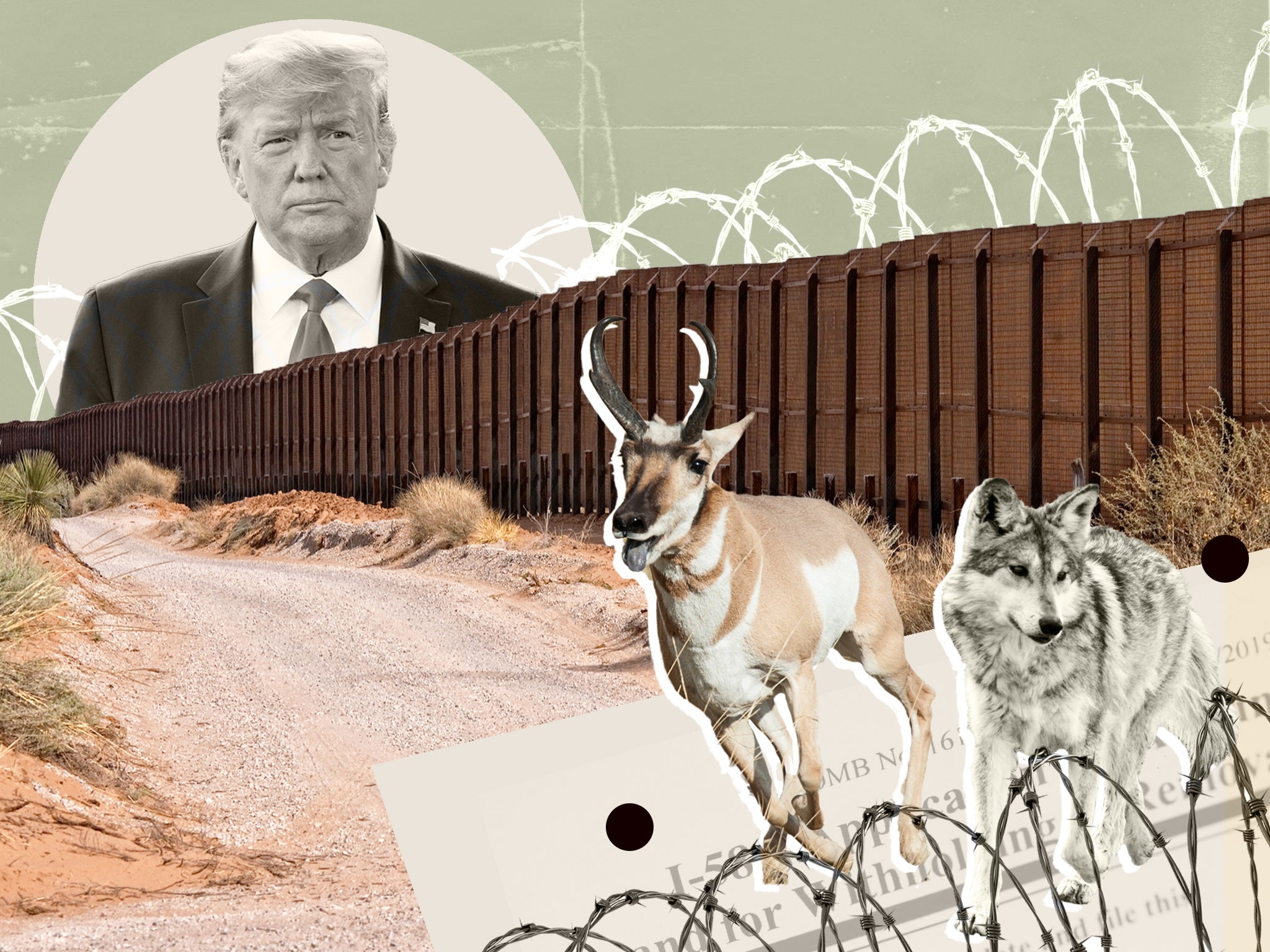
Your support helps us to tell the story
From reproductive rights to climate change to Big Tech, The Independent is on the ground when the story is developing. Whether it's investigating the financials of Elon Musk's pro-Trump PAC or producing our latest documentary, 'The A Word', which shines a light on the American women fighting for reproductive rights, we know how important it is to parse out the facts from the messaging.
At such a critical moment in US history, we need reporters on the ground. Your donation allows us to keep sending journalists to speak to both sides of the story.
The Independent is trusted by Americans across the entire political spectrum. And unlike many other quality news outlets, we choose not to lock Americans out of our reporting and analysis with paywalls. We believe quality journalism should be available to everyone, paid for by those who can afford it.
Your support makes all the difference.The ruggedly beautiful but inhospitable wilderness of Otay Mountain is home to dozens of threatened species, including the endangered Quino checkerspot butterfly and some of the last remaining Tecate cypress, a tree that dates back to the Ice Age. It is also “tarantula-infested” and a habitat for rattlesnakes, with treacherous, rocky inclines prone to slippage.
But like dozens of other places along the 2,000-mile US-Mexico border, under the Trump administration this remote area on Tijuana’s outskirts became a construction site for the then president’s “big, beautiful wall”.
To expedite the wall’s construction, Donald Trump declared a state of emergency at the border – despite the number of undocumented people entering the US being at the lowest level in a decade. Environmental impact studies, which typically accompany large federal projects, were bypassed with a 2005 national security waiver, allowing the government to manoeuvre around dozens of federal laws that were supposed to protect the land, endangered wildlife, clean water and air.
Heavy machinery rolled on to Otay Mountain in 2019 and began gouging a path into the steep valleys, increasing the risk of erosion by scraping out vegetation, and blasting dynamite through rocks to level the land.
The 30ft, narrowly spaced, steel bollard fencing, embedded in tonnes of concrete, is a particularly poignant example of the former president’s fatuous crusade. The fencing teeters over the mountain and down a steep incline before there’s a gap of several hundred feet until the next section of fence.
The Independent watched the incongruous scene of two individuals – who appeared to be border officials from Mexico and the US – engaging in a friendly chat in the middle of this void.
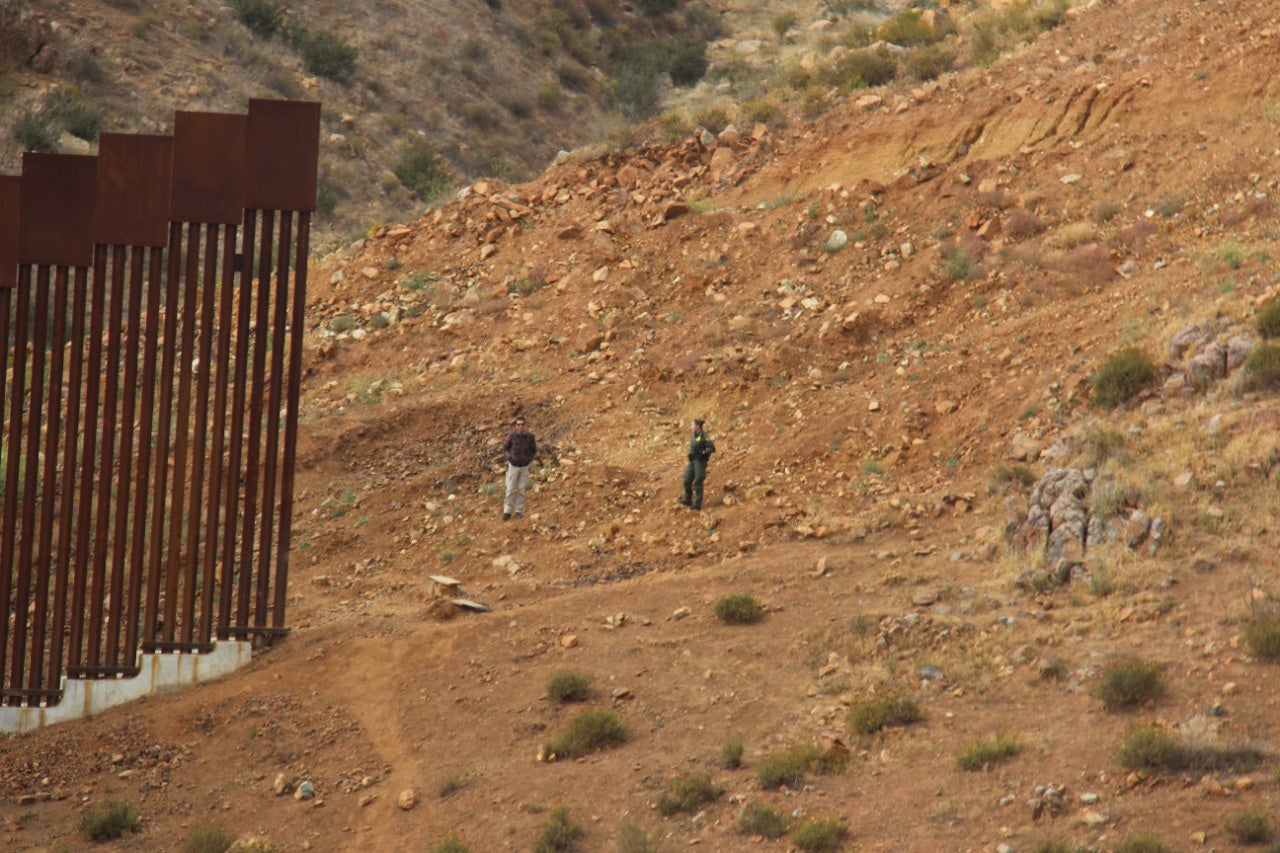
“When you see a wall in the middle of a mountain, it shows the ridiculousness of having these walls in the first place,” says Daniel Watman, from the Friends of Friendship Park Coalition, which celebrates the shared culture of those on either side of the border.
“All that destruction – and it hasn’t really stopped anyone from crossing anyway,” he tells The Independent.
For many years, the Department of Homeland Security (DHS) had been reluctant to put a border barrier in the Otay Mountain area.
“At the mountain range, you simply don’t need a fence. It’s such harsh terrain it’s difficult to walk, let alone drive. There’s no reason to disrupt the land when the land itself is a physical barrier,” said Richard Kite, a spokesperson for US Customs and Border Protection (CBP), the federal law enforcement agency overseen by DHS, in 2006.
The cost of such challenging construction work is unclear. The US Army Corps of Engineers, which leads federal construction projections, did not respond at the time of publication. However, in California’s Jacumba wilderness, an equally remote area to the west, the Trump wall reportedly cost $49m (around £35m) per mile.
Despite some conservative claims that the southern border is “wide open”, there were 650 miles of barrier when Mr Trump took office. Between San Diego, California and the Mexican city of Tijuana, some 12 miles of double fencing runs from a beach on the edge of the Pacific to the port of entry at Otay Mesa.
‘Virtually impenetrable’?
In all, 458 miles of “barrier system” were added during the Trump administration – 85 miles in new locations and 373 miles of updates.
And no, Mexico did not pay for it. American taxpayers did – however, some of the $15bn allocated has been diverted to other projects by Joe Biden.
Mr Trump said he had made the border “virtually impenetrable” but, like the wall, this claim has holes. A section in Texas, which cost $27m per mile, was reportedly breached by $5 handmade ladders in April.
“Ladders and walls go together like peas and carrots,” one border agent quipped. Other reports note that smugglers are using DIY-store power tools to saw through panels.
This is before the tunnels are taken into account. Between 1990 and 2016, 224 tunnels were discovered along the southern border, some as deep as 70ft.
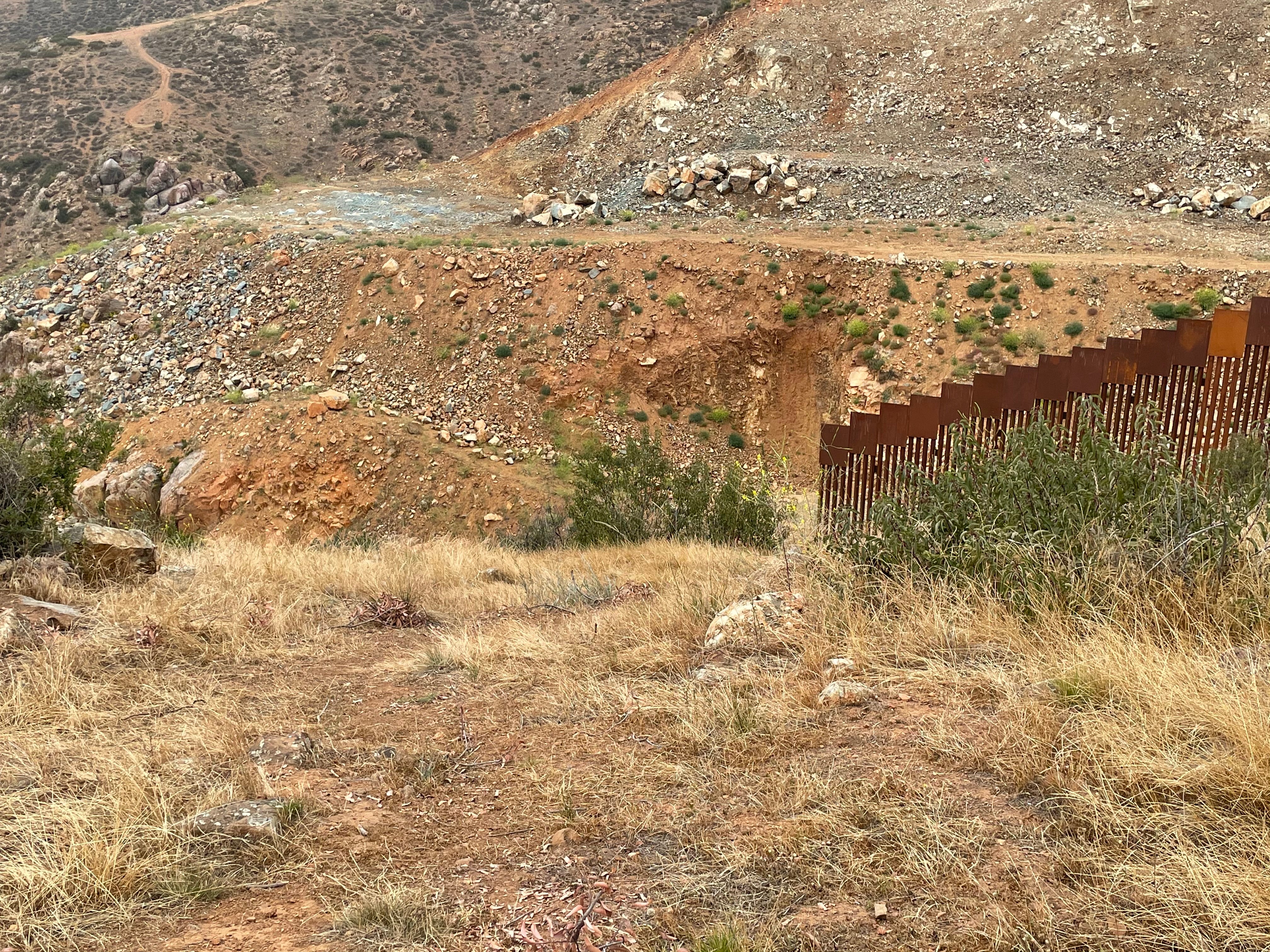
“Undocumented workers and drugs will still find their way across any barrier the administration ends up building,” Vanda Felbab-Brown from Brookings policy institute wrote in 2017.
“And such a wall will be irrelevant to those people who become undocumented immigrants by overstaying their visas – who for many years have outnumbered those who become undocumented immigrants by crossing the US-Mexico border.”
Mother Nature has also had a say. Relatively mild winds of 37mph blew over sections of wall in California in January 2020. In August, metal flood gates in the wall near Tucson, Arizona, were ripped from their hinges by historic monsoon rains.
‘Like building a 30ft wall along Arlington Cemetery’
But the wall has brought its own severe repercussions. “Build the wall” became the rallying cry of Mr Trump’s nativist and divisive 2016 election campaign, marked by his racist outbursts that included calling Mexicans “rapists” and suggesting that they were “bringing drugs, bringing crime” to the US.
The wall acted as a gateway drug for some of his administration’s most fervent acolytes, who helped introduce “zero tolerance” polices like intentionally separating families at the southern border.
The parents or legal guardians of 303 separated, migrant children are yet to be found, according to a recent court filing. This number still vastly understates the problem, according to Lee Gelernt, lead lawyer on family separation at the American Civil Liberties Union (ACLU).
“We have not even located 303 families, but hundreds more families who we have located still remain separated. Our hope is that, through our negotiations with the Biden administration, we finally can now quickly begin reuniting the families we have contacted,” he wrote in an email to The Independent.
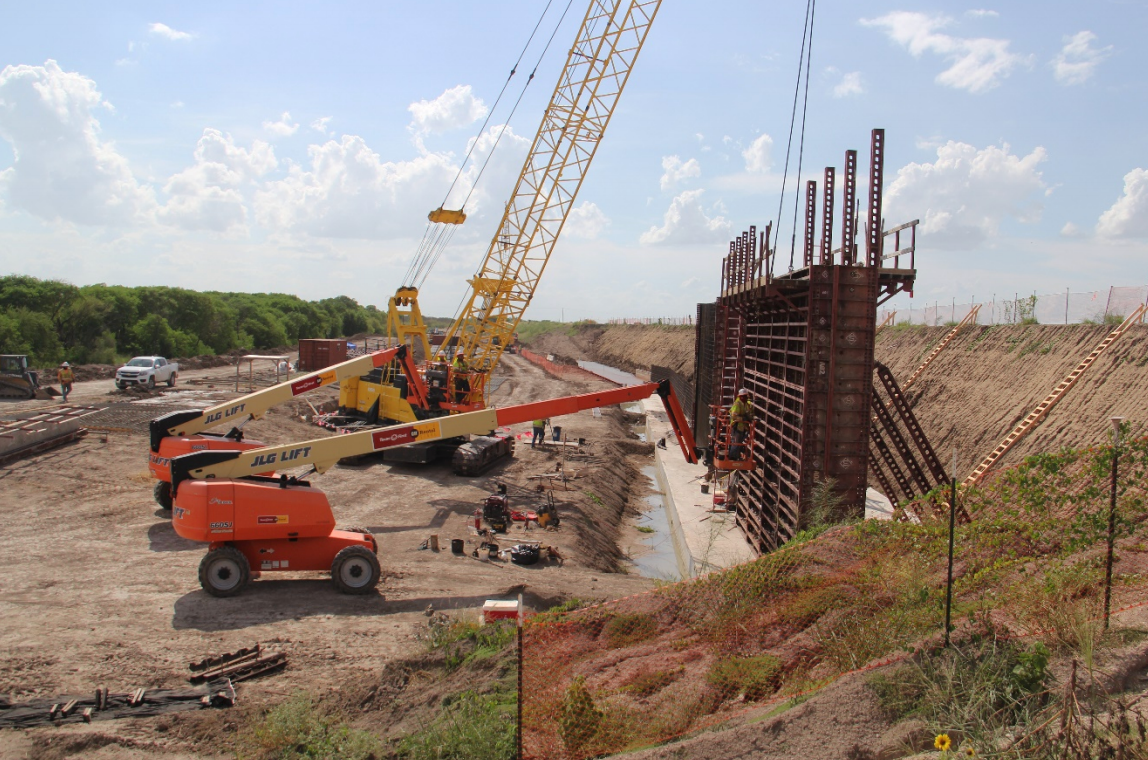
The wall has also succeeded in carving a brutal scar across hundreds of miles of unique mountain and desert landscape, including Otay Mountain, New Mexico’s Chihuahuan desert, the Sky Islands of Arizona and the Lower Rio Grande Valley in Texas.
Native American ancestral sites have been desecrated, say tribal communities. They accuse government contractors of using dynamite on ancient burial grounds of the Tohono O’odham Nation, whose land stretches from southern Arizona to northern Mexico, and cutting down century-old saguaro cactuses.
“For us, this is no different from [the Department of Homeland Security] building a 30-foot wall along Arlington Cemetery,” Chair Ned Norris Jr told a congressional hearing.
The Independent has contacted Customs and Border Control for comment.
The wall has prevented wild animals from moving freely and has wreaked destruction across fragile environments that were already feeling acutely the effects of the climate crisis.
“The impacts of the border wall are on a landscape scale, and go way beyond what’s along the border where construction is occurring,” Randy Serraglio, from the Centre for Biological Diversity in Tucson, tells The Independent.
A coalition of community, tribal and environmental organisations have petitioned the Biden administration to take down sections of the wall where it is doing the most harm, and to use former wall funds to pay for the restoration of sensitive habitats and land considered sacred to Native Americans.
“The wall should come down, and in very strategic places,” biologist Dr Emily Burns, programme director for the conservation non-profit Sky Islands Alliance, tells The Independent.
“Gates that exist in the wall should be open, lighting should be turned off because it disrupts migratory patterns. Wall that has gone through river crossings and flood plains has to be removed because it is disrupting the hydrology, and those are also often critical wildlife corridors. Areas of important cultural significance should be at the top of the list of where the wall gets removed.”
The wall has cut off increasingly scarce water resources and dried up others, environmentalists say, after construction teams pumped millions of gallons of groundwater to mix concrete and to spray on roads to keep the dust down.
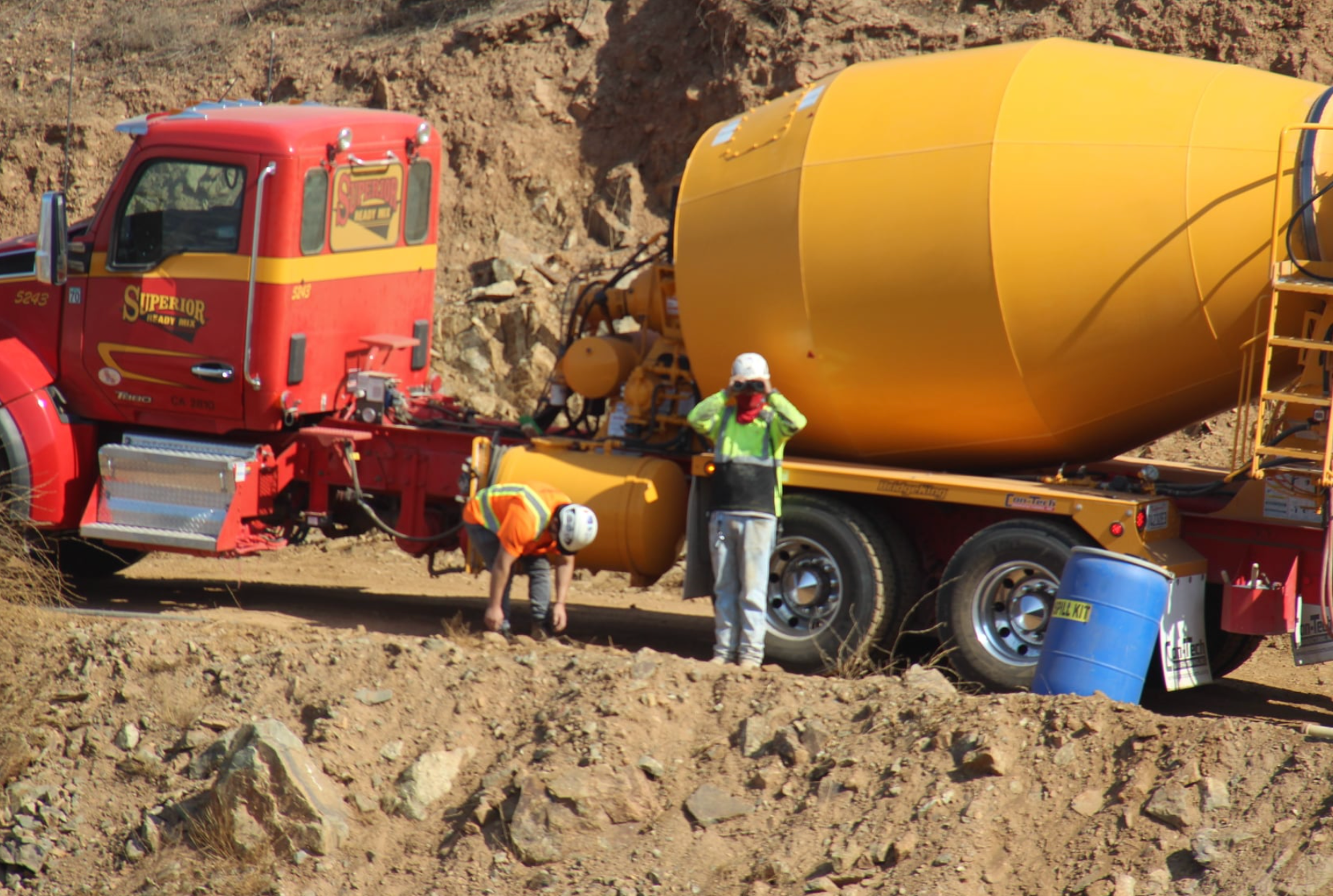
The impact is devastating in a region where rising global temperatures are leading to more severe droughts.
“In [Arizona’s] San Bernardino National Wildlife Refuge, and Oregon Pipe National Monument, groundwater came from ancient aquifers that will never be replenished, at least not in our lifetimes,” Mr Serraglio says.
In the tiny San Bernardino refuge, established to protect unique endangered species and wetlands, “it crashed the system”, he adds. “The system is basically on life support. It caused some ponds to go dry, and killed endangered species in the refuge.”
The Sky Island mountain ranges span southeastern Arizona and northern Mexico, and are so called because high elevation forests rise steeply out of the Sonoran desert, creating some of the richest biodiversity on earth. It is home to half of the birds in North America, and more than 7,000 species of plants and animals.
One of the few studies that has captured the wall’s impact was conducted by the Sky Islands Alliance after the non-profit installed dozens of trail cameras along 34 miles of border before construction began.
The project revealed that the migration routes of dozens of large animals, including black bear, mountain lion, jaguar and Mexican wolf, were being blocked by the fencing, along with prey species like pronghorn deer and javenlina, which disperse seeds, and smaller creatures like coatimundi, elf owls, and montezuma quail.
While the wall doesn’t stop some small animals – “or people”, Dr Burns adds – it blocks the path of many important species.
“These species have been moving between the Sky Islands mountain ranges for countless millennia,” she says. “It’s going to take a long time to fully realise the scale of this continental disruption.”
In all, the US-Mexico border wall could obstruct the movement of 122 mammal species as they are displaced by the effects of climate change, another recent study found.
“Border walls and fences, like the one extended by the Trump administration, are already known to harm wildlife by fragmenting populations and habitats or entangling wildlife,” PhD researcher Mark Titley, from Durham University’s department of biosciences, who co-authored the paper, tells The Independent.
“Our research showed that when we add climate change into the mix, the impacts could be worse still if they present an obstacle to wildlife on the move.”
‘They want to build it no matter what’
Environmentalists are also calling for wall sections to be removed in Texas, where more intense and unpredictable hurricanes are being felt due to the climate crisis.
To make room for the Trump wall, construction workers “blew large holes” in an existing flood barrier system of levees that shield communities from storm surge along the Rio Grande river.
President Joe Biden promised voters that “not another foot” of wall would be built when he entered office.
His administration said in April that it would work to address the risks of flooding and soil erosion from unfinished sections of the wall. The DHS said it would continue with “certain discrete projects” at the border, to avert “immediate physical dangers”.
Officials began repairs on 13.4 miles of compromised levee along the Rio Grande. The wall would not be extended, officials said. The department said it would also fix “improper compaction of soil and construction materials” along parts of a 14-mile barrier in San Diego.
But environmentalists say this work goes far beyond shoring up damage, and amounts to continued building of the wall.
“Homeland Security is an extremely large, sprawling, powerful agency, with a lot of entrenched Trump appointees and career officers who believe in the border wall, and they want to build it no matter what,” Mr Serraglio says.
“They’re not subject to the same kind of oversight, legal or otherwise, that other agencies are, especially law enforcement agencies. The true believers out there on the ground are doing what they want, no matter what sort of political announcements are coming out of DC.”
In August, Scott Nicol, an environmental activist with the Sierra Club, took pictures that he says are evidence of new border walls going up in Hidalgo County, Texas. On the Rio Grande, he says that “levee-border walls” are being built in at least four places where work on the Trump wall never began and the original levees did not need repair.
This work has affected a wildlife refuge in the area, according to his report. Mr Serraglio calls it “ridiculous” to pitch this work as a safety issue.
“Filling in an open trench is a safety issue,” he says. “Completing the wall is not a safety issue. In fact that makes people and wildlife less safe.”
Mr Watman also shared pictures with The Independent from the Otay Mountain area in California, which showed construction crews with cement mixers, diggers, and what appeared to be a staging area of hundreds of steel bollards.
He says that during an attempt to visit an area further east where there had been reports of continued wall construction, he was blocked by Mexican border officials, who told him that he was on private property. Mr Watman says that he had sought permission from the landowner as he had done on previous visits, which took place without incident.
The officers also ordered him to delete photographs he had taken on his camera. They were not interested in images he had taken of plants, he says, but of the wall.
He says the Mexican officials appeared afraid.
“I came away with the idea that they were being pressured by Border Patrol to keep people out. But they don’t say that. I think they were just a little worried about how it was going to look if it came out in social media. [The officer] even implied at one point that he was worried that they were going to get accused of helping people across.”
US Customs and Border Protection did not respond to an email from The Independent seeking comment on these reports. The White House, also, did not respond to an email seeking comment on the apparent wall construction.
In Arizona, Dr Burns says, while activists remain vigilant to further wall construction, accountability in remote areas is often difficult.
“They said that they would continue projects related to human safety,” she says. “There’s a lot of things that could go under that and none of this is very well-defined at the moment. No one’s breathing easy that it’s over.”
Of greatest concern is that there is more to come.
“Thousands of bollards, equipment, and supplies are lying in massive stacks all along the border waiting to be erected,” Mr Serraglio says. “We know that at any time these companies would love to just crank this back up and start making billions of dollars again.”
Join our commenting forum
Join thought-provoking conversations, follow other Independent readers and see their replies
Comments